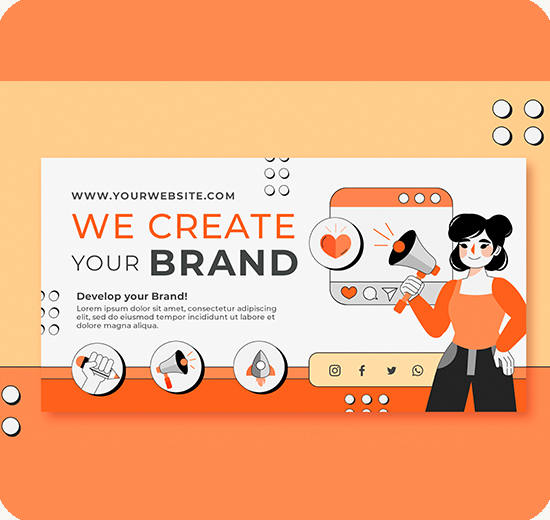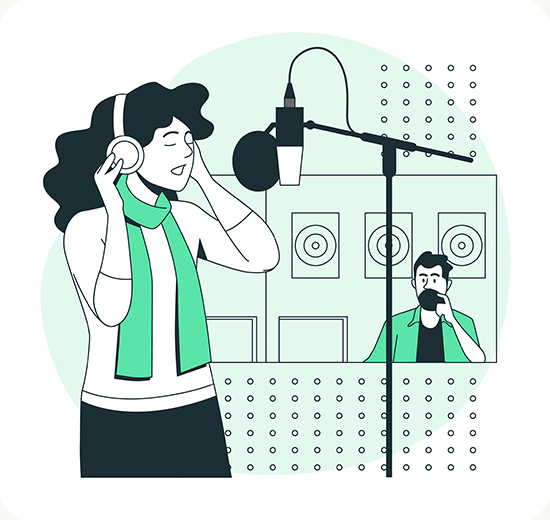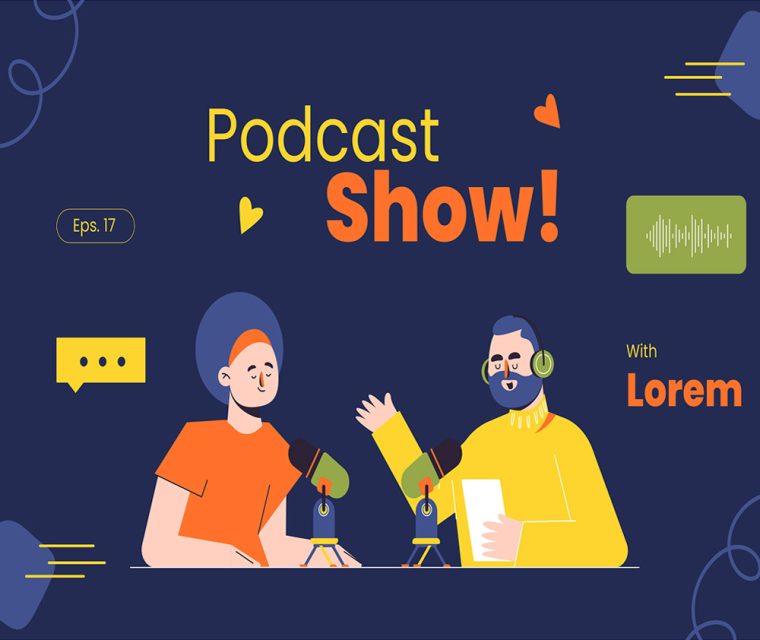
Audio production & editing
Sound Design
Sound design is a crucial aspect of media production, whether for film, video games, music, or other forms of entertainment. Here are some key features that sound design should encompass:
- Creativity and Originality
- Innovative sounds that enhance the narrative and engage the audience.
- Unique treatments and effects that distinguish the project.
- Quality and Clarity
- High-quality recordings that are clear and free of unwanted noise.
- Properly balanced levels that ensure all elements are heard distinctly.
- Diversity of Sounds
- A broad range of sound types, including ambient sounds, Foley, dialogue, music, and sound effects.
- Ability to mix and layer sounds to create a rich auditory experience.
- Contextual Relevance
- Sounds that fit the theme and mood of the scene or project.
- Cultural considerations where specific sounds or instruments may be relevant.
- Spatial Awareness
- Use of stereo and surround sound techniques to create an immersive experience.
- Panning and positional audio that enhance listener engagement.
- Dynamic Range
- Control of volume levels to create tension and release within soundscapes.
- Use of silence and soft sounds to emphasize key moments.
- Sound Editing and Mixing
- Skillful editing of recorded sounds to remove unwanted artifacts, creating smooth transitions and maintaining flow.
- Balanced mixing to ensure all elements complement each other.
- Technical Knowledge
- Familiarity with sound design software and hardware (DAWs, synthesizers, plugins).
- Understanding of audio formats, sampling rates, and bit depths.
- Attention to Detail
- Precision in timing, especially for syncing effects to visuals or beats in music.
- Careful consideration of how subtle changes can impact the entire sound design.
- Collaborative Skills
- Ability to work with directors, sound engineers, and other team members to achieve a cohesive vision.
- Openness to feedback and revisions in the creative process.
- Adaptability
- Flexibility to work across various genres and styles, from horror to comedy, and adjust sound accordingly.
- Responsiveness to changes in the project or client’s needs.
- Use of Technology
- Incorporation of new technologies such as spatial audio, VR sound design, or generative sound techniques.
- Ability to leverage AI-assisted tools for sound manipulation and creation.
Incorporating these features in sound design will not only enhance the quality of the audio but also significantly impact the overall storytelling and emotional impact of the project.






